Spectacularly Rare 7th Century Warrior Uncovered by Archeologists
Archaeologists from Hungary’s Déri Museum have made a significant discovery near the village of Ebes in eastern Hungary – the well-preserved remains of a 7th-century Avar warrior, affectionately nicknamed “Rufus.”
This finding, which includes a remarkably intact lamellar armor, offers a rare glimpse into the military gear and burial practices of the nomadic Pannonian Avar people who held dominance over Central and Eastern Europe for nearly 250 years.
"Rufus" and his Lamellar Armor
The discovery, made in November 2023, challenges previous assumptions about Avar history during the Early Middle Ages.

Déri Múzeum/Facebook
The Pannonian Avars, thought to have originated from northern China, established the Avar Khaganate through aggressive invasions across a vast region including Austria, Hungary, Romania, Serbia, Bulgaria, and parts of Turkey between 568 and 626 C.E. The warriors buried in Ebes likely played a role in the Avar–Byzantine wars or similar conflicts that marked this tumultuous period.
Lamellar Armor and Avar Funerary Customs
The lamellar armor found in Rufus’s grave is a rare and significant discovery, representing the second complete example of such armor in Hungary.
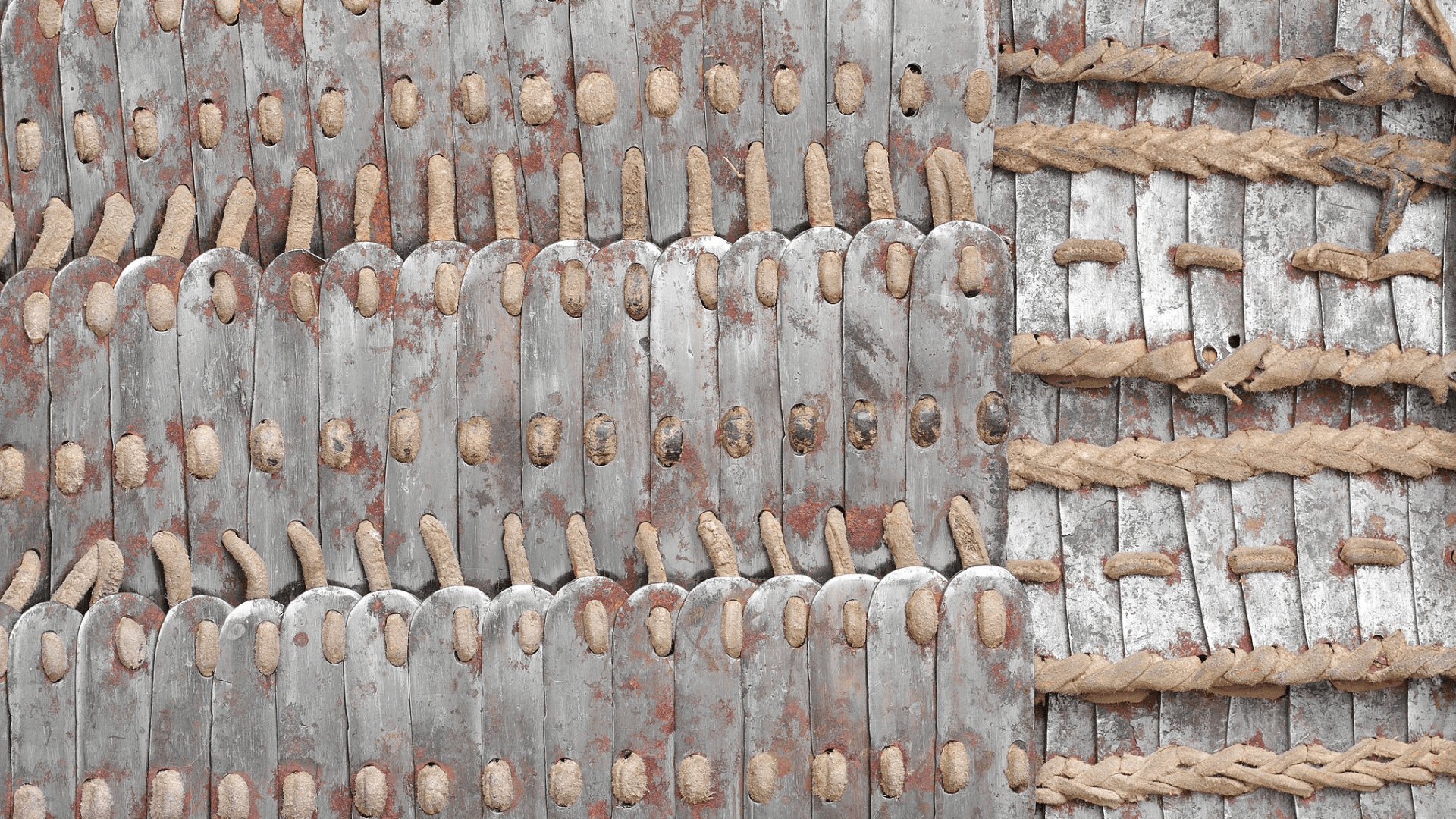
Metropolitan Museum of Art/Wikimedia Commons
Comprising intricately stitched rectangular plates, this armor sheds light on the sophisticated craftsmanship of the Avar people. Such complete sets are seldom encountered, making the finding invaluable for understanding the military equipment used by these nomadic warriors.
Avars and Their Belief in Equine Powers
Rufus was laid to rest with honors beside his horse, a practice deeply rooted in Avar culture.
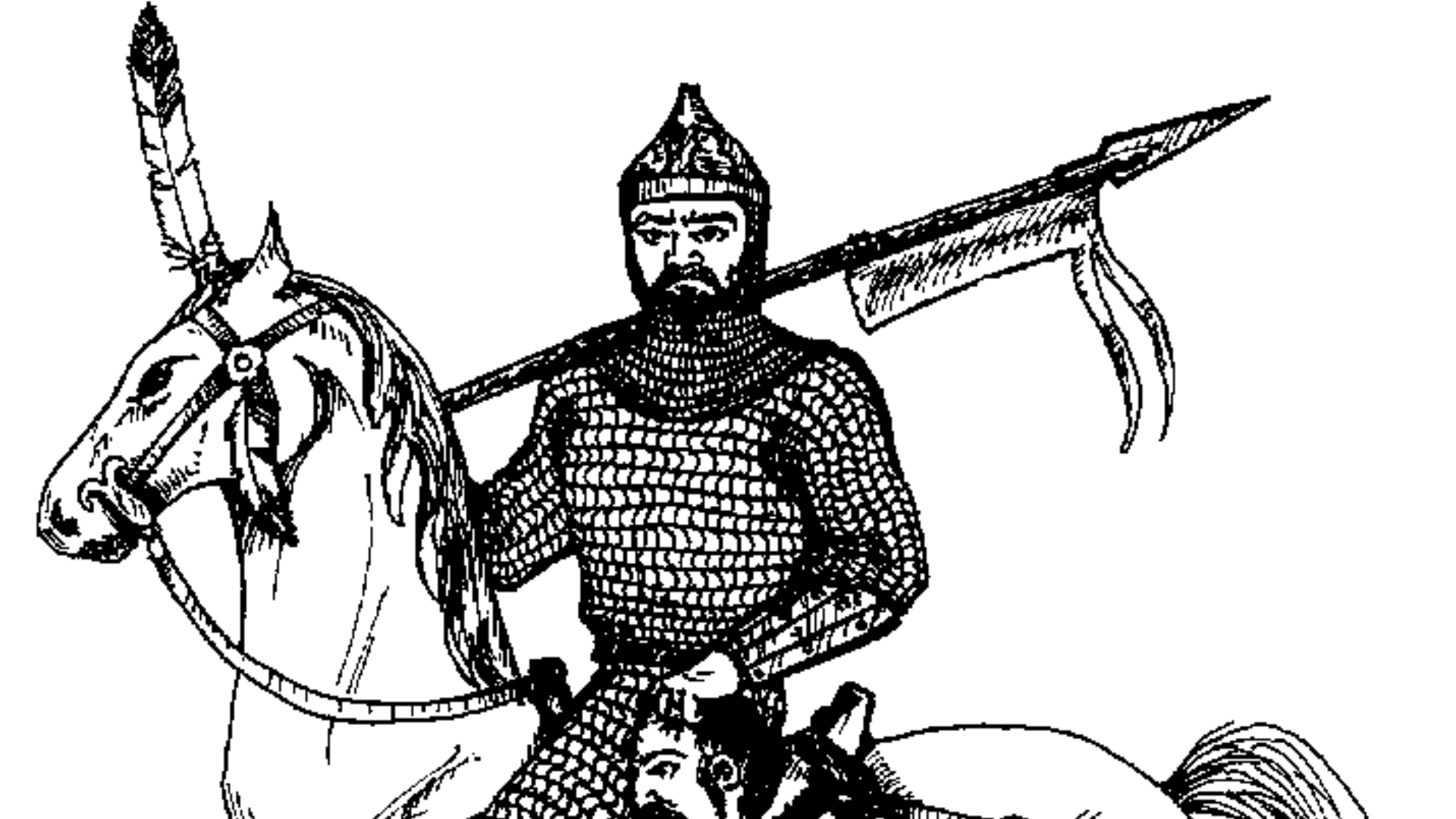
Geocities.com/Wikimedia Commons
The Avars held a strong belief in the supernatural powers of horses, and this burial custom reflects their reverence for these animals.
The Contents of Rufus's Grave
The grave’s contents, including the lamellar armor, a wooden quiver with arrows, a bow, and a sword, suggest that Rufus held a high status within the Avar community.
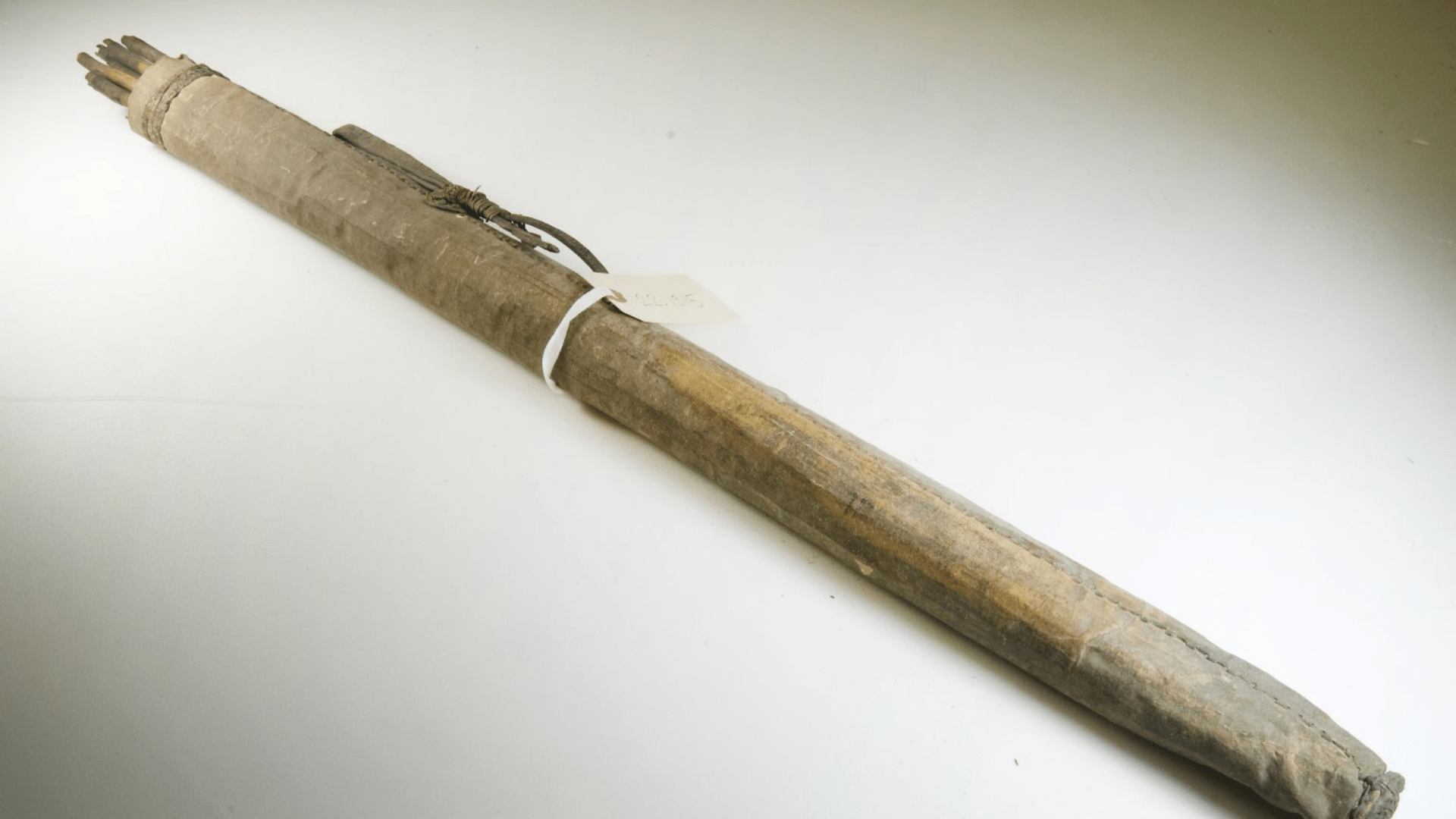
Brooklyn Museum/Wikimedia Commons
These funerary offerings provide a unique glimpse into the social structure and hierarchical distinctions among the Pannonian Avars.
Rufus and the Avar–Byzantine Wars
The presence of military equipment in Rufus’s grave indicates his likely involvement in the Avar–Byzantine wars or similar conflicts of the time.

Awarenstuermer/Wikimedia Commons
The lamellar armor, in particular, was a crucial component of Avar warriors’ defensive gear. The ongoing analyses conducted at the Déri Museum’s restoration workshop aim to unravel the intricacies of Avar military customs and shed light on the historical context of these burial rites.
Avar Dominance Over Central and Eastern Europe
The nomadic Pannonian Avars left an indelible mark on the history of Central and Eastern Europe, with their Khaganate exerting influence from 568 to 626 C.E.

James Steakley/Wikimedia Commons
Rufus’s burial site provides a tangible link to this era, offering archaeologists a rare opportunity to delve into the lives, customs, and military engagements of these nomadic warriors.
Ebes as a Hub of Avar Activity
The location of Ebes, where Rufus was unearthed, adds an additional layer of significance to the discovery.

Szemes Elek/Wikimedia Commons
The village’s proximity to regions influenced by Avar dominance positions it as a potential hub of Avar activity during this period. Rufus’s grave serves as a historical marker, contributing to a more nuanced understanding of the Avars’ territorial reach and impact on the broader geopolitical landscape.
Preserving the Legacy of "Rufus"
The Déri Museum‘s restoration workshop plays a crucial role in meticulously documenting and restoring the artifacts unearthed from Rufus’s grave.
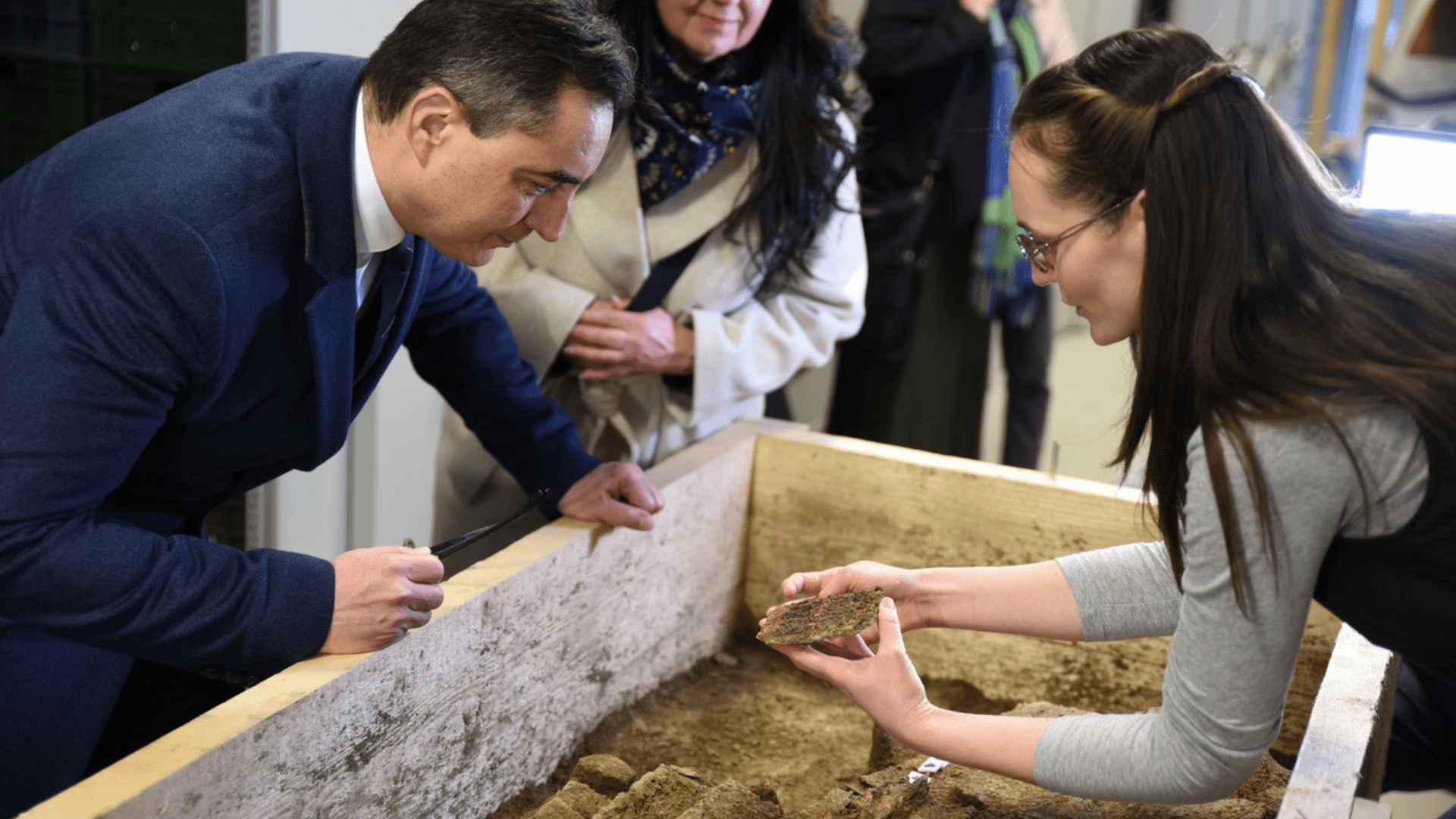
Déri Muzeum/Facebook
The pristine condition of the lamellar armor offers an unprecedented opportunity for detailed analysis, allowing researchers to uncover not only the craftsmanship of the armor but also potential insights into the life, health, and societal standing of this Avar warrior.
Avar Society Revealed?
The assortment of funerary offerings found alongside Rufus provides a holistic view of Avar society.
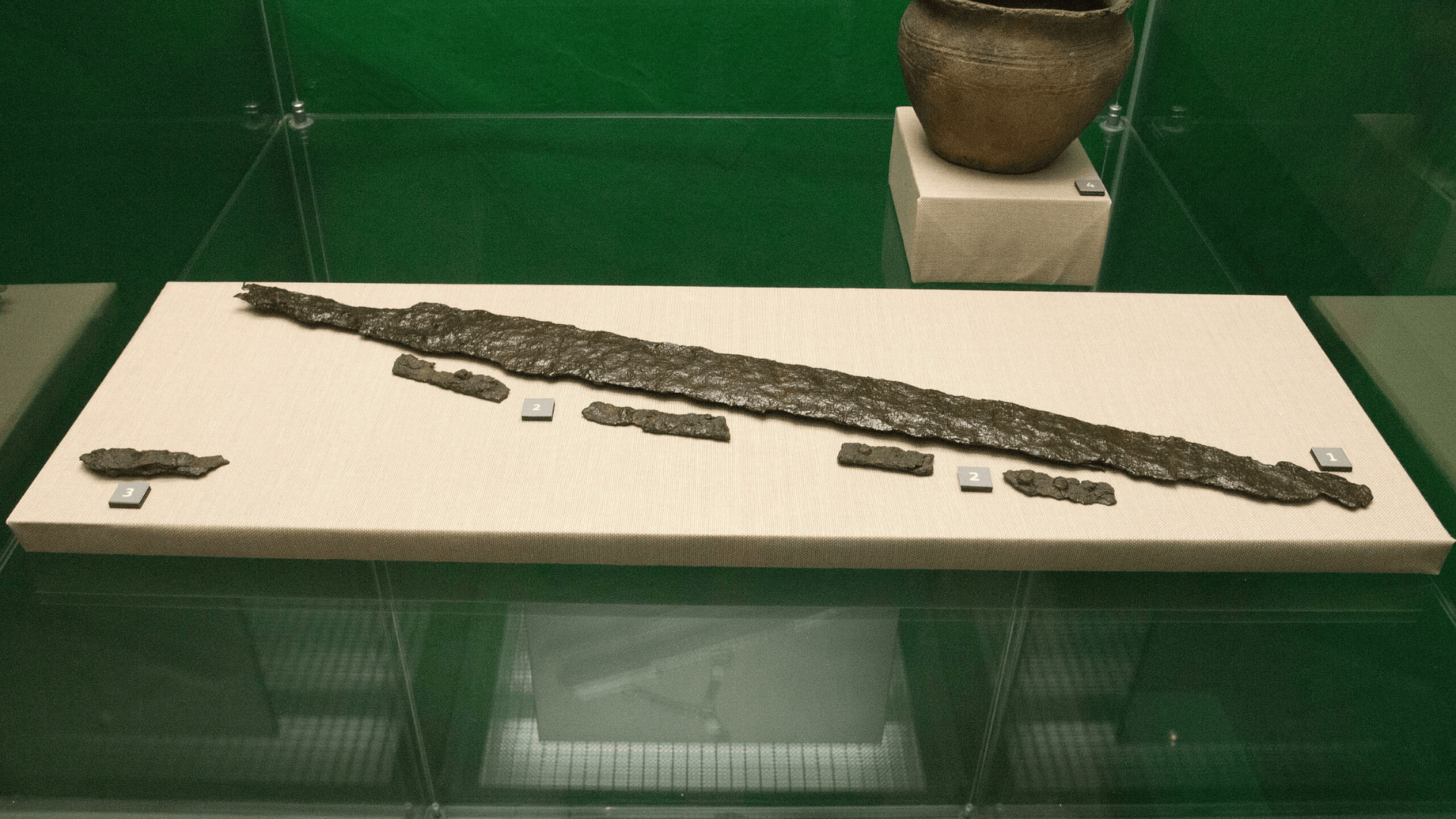
Zde/Wikimedia Commons
The wooden quiver, arrows, bow, and sword signify not only military prowess but also the cultural and symbolic importance of these artifacts within the Avar community. As researchers delve into the meanings behind these items, a more comprehensive understanding of Avar society emerges.
Unlocking Ancestral Connections and Health Insights
The ongoing DNA analyses conducted on Rufus’s remains hold the promise of unlocking ancestral connections and health insights.

Google DeepMind/Pexels
By reconstructing familial relationships among those buried in the dolmen, researchers aim to piece together a broader narrative of Avar kinship structures. Additionally, studying potential diseases through DNA analysis offers a glimpse into the health challenges faced by these ancient warriors.
Avar Legacy in the Modern Era
The discovery of Rufus and his well-preserved lamellar armor opens a door to continued exploration of the Avar legacy in the modern era.
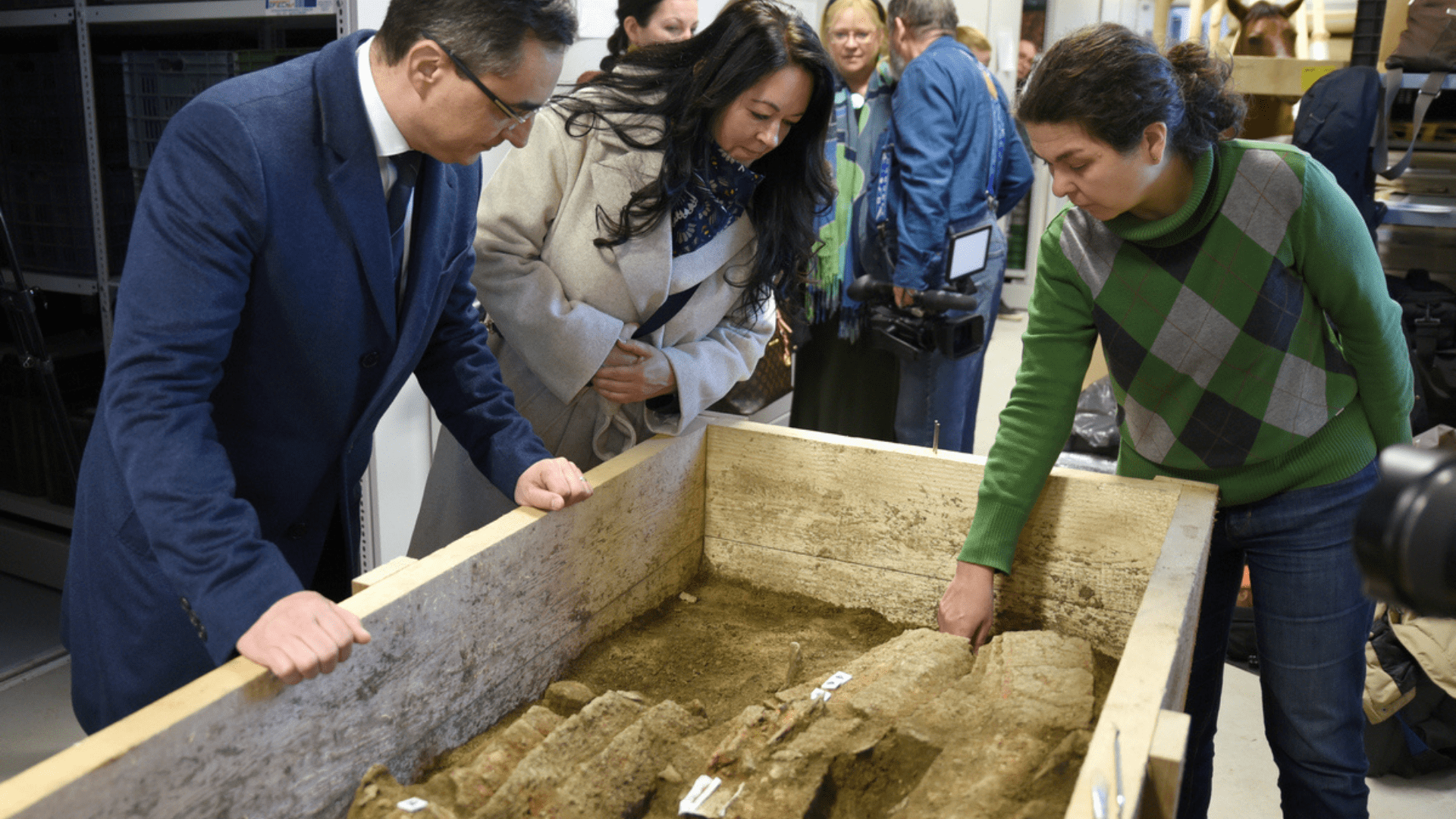
Déri Muzeum/Facebook
By bridging the gap between historical artifacts and contemporary research methodologies, archaeologists aspire to create a comprehensive narrative that resonates with both scholars and the public, ensuring that the Avars’ impact on Central and Eastern Europe is not forgotten.
